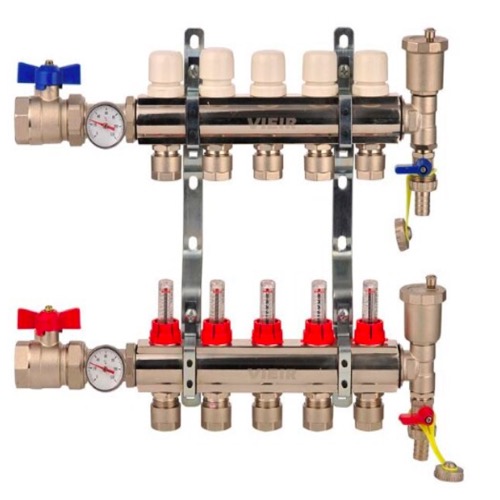When the options are overwhelming, choosing the right PEX manifold brand and model can become a source of stress for any buyer.
To choose the right PEX manifold brand and model, you must understand your customer needs, evaluate brand credibility, match models to user segments, and consider pricing and volume terms.
Let’s explore how I guide my purchasing decisions and help my clients succeed by choosing the right manifold solution, every single time.
Understanding Market Demand and Client Needs
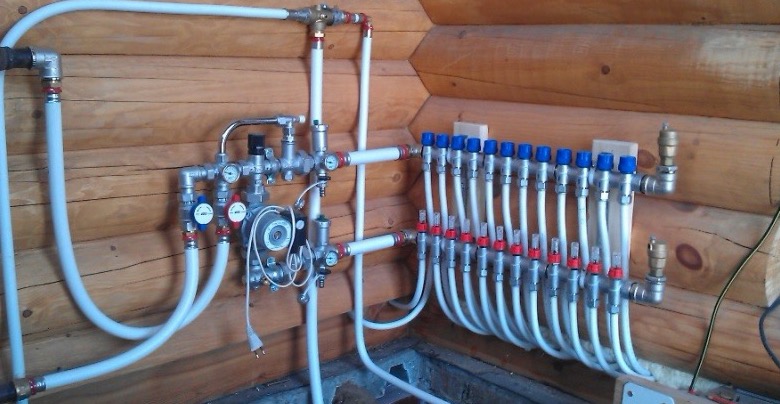
Market Demand for PEX Manifolds
Sometimes we think we know what the market wants—but we don’t always ask or check. That’s the biggest trap.
To choose the right manifold, start by understanding the end-user’s expectations: heating capacity1, zone control, and ease of installation2 are key demand drivers.
Before I place any order, I ask myself: who will install this? What’s their biggest problem? In Canada, for example, many plumbers prioritize quick installation over fancy specs. They want clear labeling, solid valves, and easy pipe connections.
What Buyers Really Look For
| Feature | Residential Users | Commercial Installers |
|---|---|---|
| Easy Installation | ✅ | ✅ |
| Clear Zone Control | ✅ | ✅ |
| Durable Brass Body | ✅ | ✅ |
| High-Pressure Rating | ❌ | ✅ |
| Competitive Pricing | ✅ | ✅ |
In residential zones, most manifolds are used for underfloor heating. This means you don’t need a high-pressure rating, but you do need a reliable valve and fitting. On the commercial side, higher water flow rates and temperature resistance become important.
I usually split my client base into two: DIY homeowners who shop through local wholesalers, and HVAC contractors who bulk-order through distribution. They need different things, so I match their priorities with what I source.
By mapping the exact demand, I reduce slow-moving inventory and increase repeat orders. When you pick a manifold that solves a real jobsite problem, clients always come back.
Evaluating Brands for Partnership
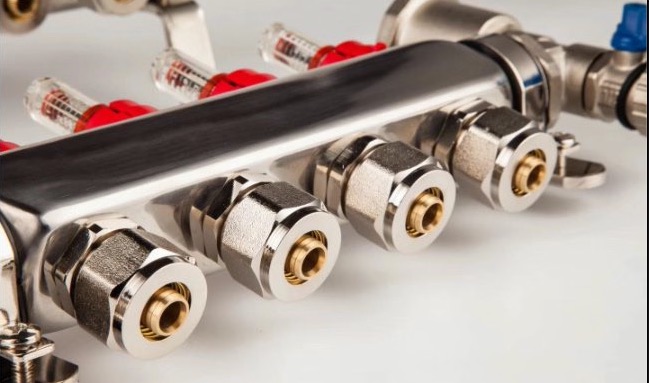
PEX Manifolds Brand
Many brands look shiny on the surface—but poor communication, slow lead times, or inconsistent quality can break your business.
Evaluate PEX manifold brands based on production stability, certification transparency, lead time reliability, and after-sales service responsiveness.
Over the years, I’ve learned that the best brands are not always the biggest ones. I always check five things before I trust any supplier with a big order:
Supplier Evaluation Checklist
| Criteria | Why It Matters |
|---|---|
| ISO/CSA Certification | Ensures safety and compliance |
| Lead Time Clarity | Prevents project delays |
| Brass Composition Disclosure | Verifies no lead content |
| Communication Speed | Saves time on clarifications |
| Custom Branding Support | Helps with private label clients |
I had a client who once ordered from a cheaper brand. The fittings didn’t pass a random CSA lab test. He had to recall 40 units and lost his main client. That’s why now, I suggest when checking brands, ask ask for real certificates and random inspection reports.
Choosing Models for Diverse Customer Segments
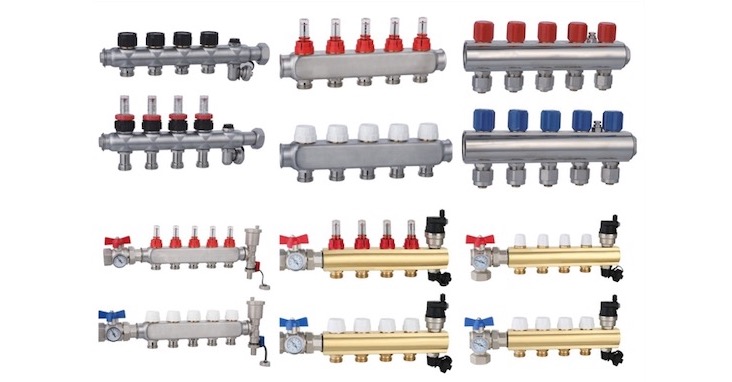
PEX Manifolds Different Models
Trying to sell one type of manifold to everyone is like trying to sell the same shoe to all foot sizes.
Choose manifold models by segmenting your customers into residential, commercial, and retrofit categories, then match features and configurations to each group.
I divide models into three main categories:
Manifold Segmentation
| Segment | Key Features |
|---|---|
| Residential | 2–6 outlets, basic valves, low flow |
| Commercial | 6–12 outlets, flow meters, high durability |
| Retrofit/Custom | Flexible port counts, detachable adapters |
Each category responds to different needs. For example, retrofit clients often request left-right configurable manifolds that adapt to old boiler rooms. Commercial contractors want stainless steel options that can handle glycol systems.
Another factor is the control method. Some clients want ball valves, others prefer actuator-ready models. Offering modular units (where you can add extra ports) is a smart way to satisfy flexible requests.
My Story
One time, a Polish distributor contacted me asking for a compact manifold that could be installed behind drywall. I sent him a shallow model with angle fittings and an installation bracket. That one product now makes up 20% of his annual sales.
I always keep a few SKUs tailored for edge cases—because in plumbing, those edge cases bring big profits.
Pricing Strategy and Volume Discounts
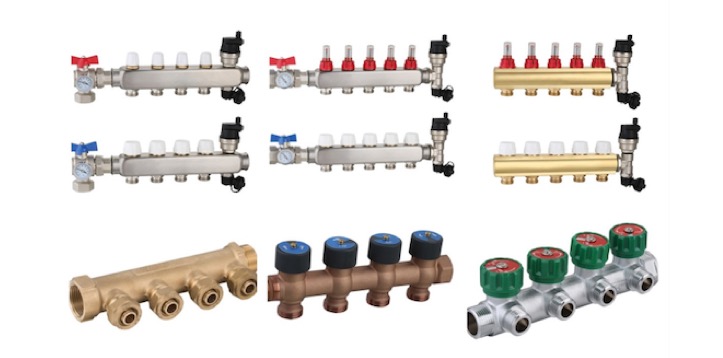 Pex Manifolds Hot Sales
Pex Manifolds Hot Sales
Even a great product can sit in the warehouse if the pricing doesn’t match client expectations.
Offer tiered pricing and volume-based discounts to align with different buyer sizes and keep your pipeline moving.
In my experience, most manifold clients fall into three categories:
Client Type vs Pricing Model
| Client Type | Order Size | Pricing Strategy |
|---|---|---|
| Small Wholesaler | 100–300 pcs | Fixed pricing, low MOQ |
| Regional Distributor | 500–1000 pcs | Tiered discount (5%–15%) |
| Project Contractor | 1000+ pcs | Negotiated pricing, rebate terms |
I always offer FOB pricing with a transparent cost breakdown. This helps avoid confusion when freight rates change. I also recommend bundling accessories (mounting brackets, adaptors) to increase average order value.
Another winning move is to offer “starter packs” with different models. This allows the client to test which ones move fastest. Once they know what sells, they scale up.
I always keep a margin for logistics flexibility. Sometimes a buyer wants mixed container loading with fittings and pipes. That’s when my volume discount helps me close the deal without hurting my margin.
To choose the right PEX manifold, know your customers, vet your suppliers, match product to usage, and structure your pricing to grow with your clients.



